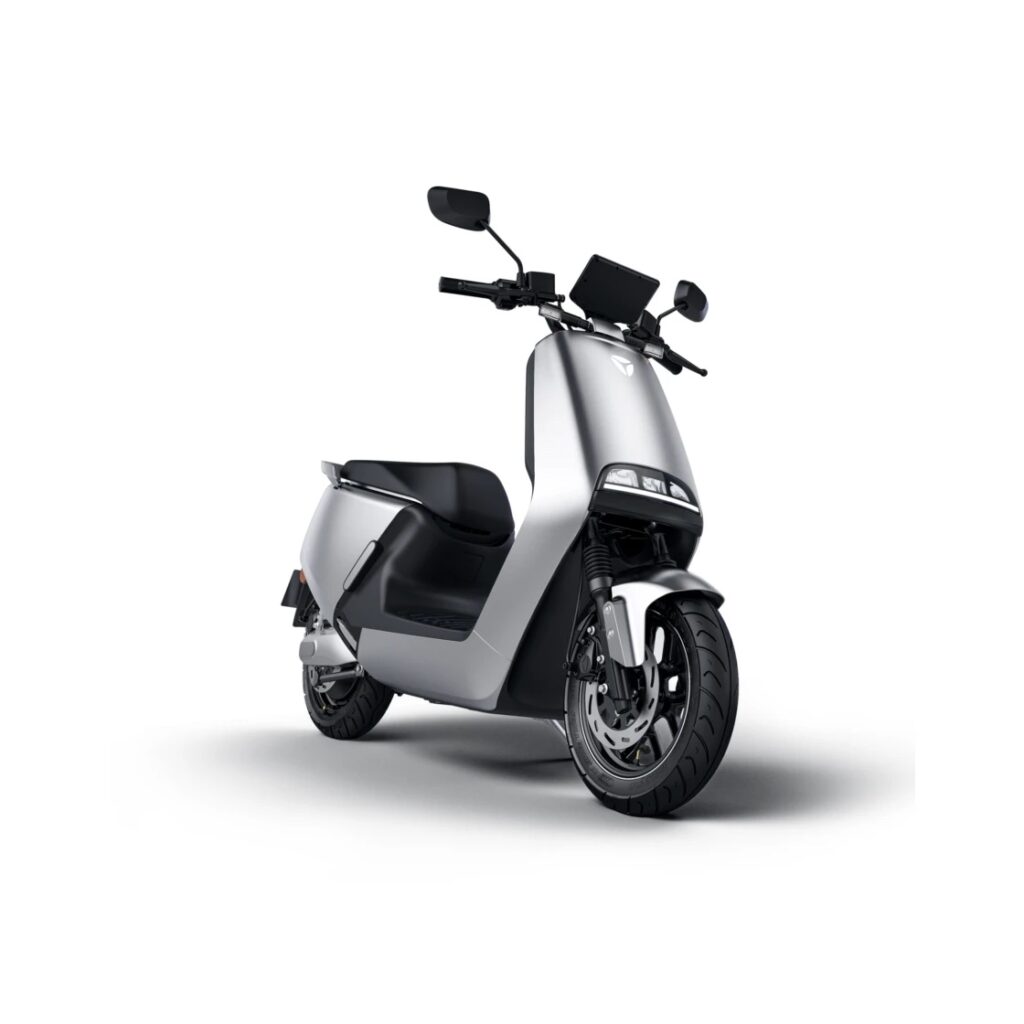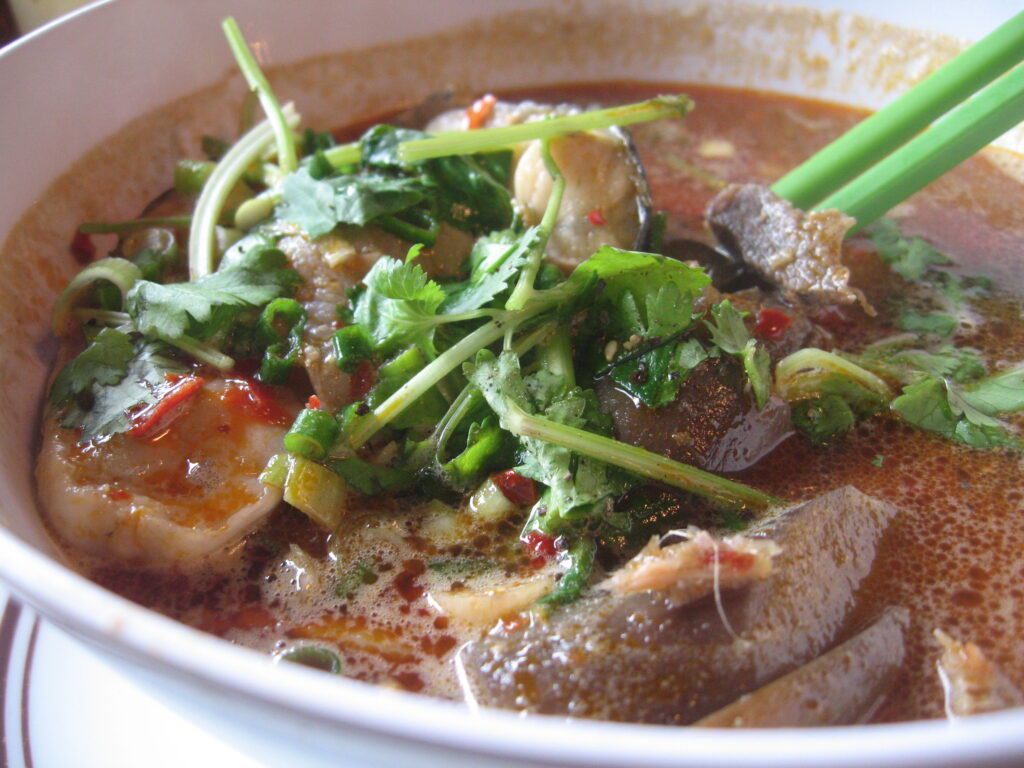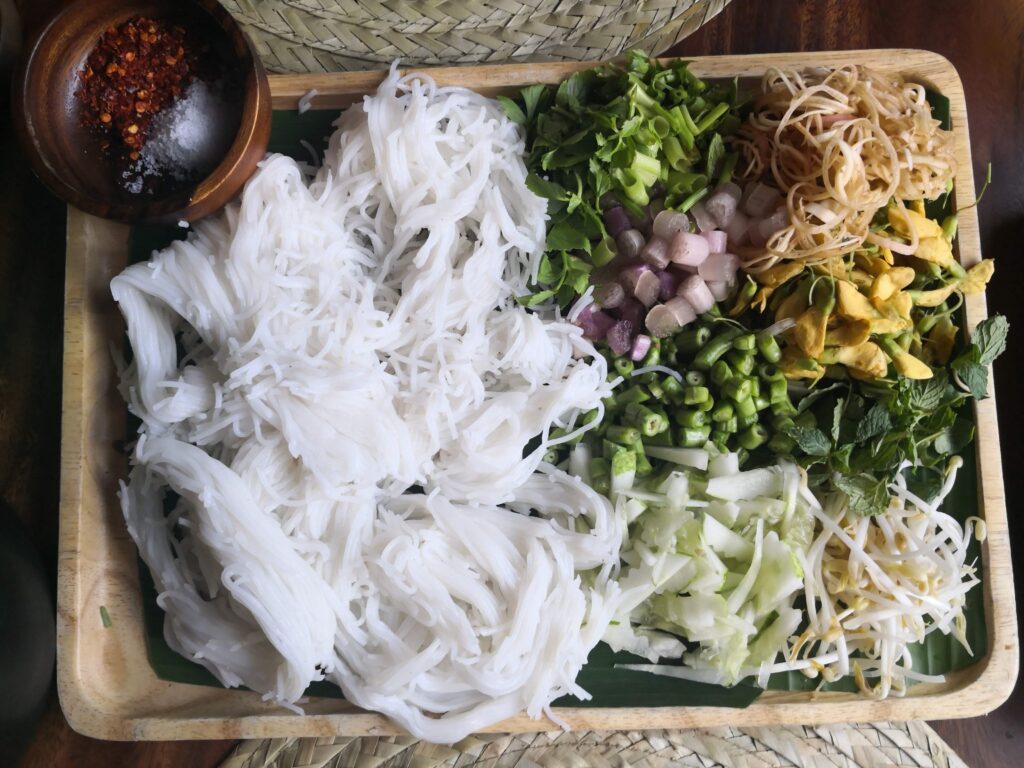
You may have heard about air temperature, but have you ever wondered if there’s more to it? Enter the wet-bulb temperature – a crucial yet lesser-known aspect of weather that plays a significant role in our lives, especially in the face of climate change. Let’s dive into the phenomenon of wet-bulb temperature, why it matters, and why it’s becoming increasingly important with the changing climate.
What is Wet-bulb Temperature?
To put it simply, the wet-bulb temperature is a measure of how much cooling effect our bodies can experience through the evaporation of sweat. It’s like the “feels-like” temperature that you might have heard about during weather forecasts – the temperature that takes into account not just the air temperature but also factors like humidity and wind chill.
Difference from Air Temperature:
Air temperature, as you know it, is the standard temperature we read on our thermometers, usually in degrees Celsius or Fahrenheit. It tells us how hot or cold the air is in our surroundings. On the other hand, the wet-bulb temperature is a more nuanced measure, incorporating humidity levels.
Importance of Knowing Wet-bulb Temperature
Knowing the wet-bulb temperature is crucial because it helps us understand the real impact of heat on our bodies. High wet-bulb temperatures indicate that our ability to cool down through sweating is compromised, leading to increased risks of heat-related illnesses like heat exhaustion and heatstroke. It also affects our overall comfort and productivity in hot and humid conditions.
Significance in the Face of Climate Change:
With the planet experiencing climate change, extreme heat events are becoming more frequent and intense. As a result, wet-bulb temperatures are rising in various regions worldwide. This rise presents a grave challenge, particularly in areas with vulnerable populations and limited access to cooling resources. It can strain power grids as people rely more on air conditioning, leading to energy-related problems during heatwaves.
Wet-bulb temperature is also vital for agriculture, as it impacts crop health and productivity. Certain crops become more susceptible to heat stress as wet-bulb temperatures increase, potentially affecting food production and supply.
Conclusion:
Understanding the concept of wet-bulb temperature goes beyond a mere scientific curiosity. It is a crucial measure that helps us assess heat stress and its implications on human health, agriculture, and the environment. As climate change continues to alter weather patterns, monitoring and adapting to rising wet-bulb temperatures will be crucial to protect ourselves and our planet from the growing challenges posed by extreme heat events.





